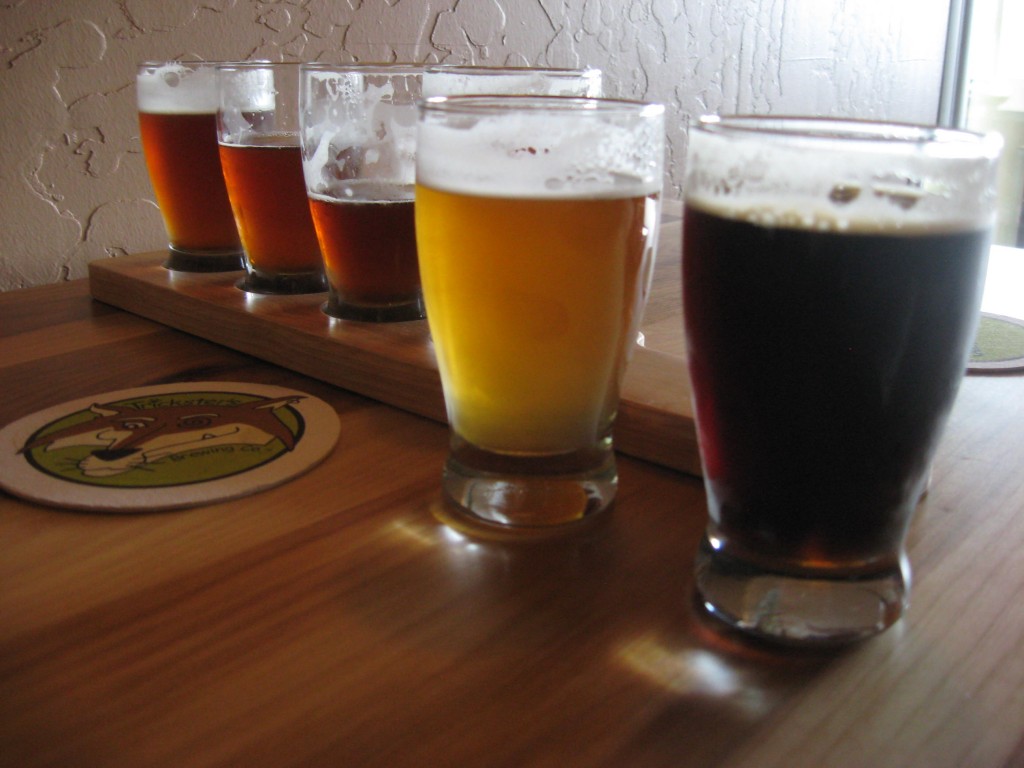Written by Robin Wheeler for blogs.riverfronttimes.com
 Few craft brewers have arrived in St. Louis with as much anticipation and fanfare as Escondido, California’s Stone Brewing. But they arrive here this week, bringing all the Arrogant Bastard Ale and Stone Ruination IPA we’ve been longing for.
Few craft brewers have arrived in St. Louis with as much anticipation and fanfare as Escondido, California’s Stone Brewing. But they arrive here this week, bringing all the Arrogant Bastard Ale and Stone Ruination IPA we’ve been longing for.
The beer hits store shelves and bar taps on Tuesday, but Thursday’s actually the big day for Stone Brewing events around town. The company’s collaborating with a host of St. Louis’ best beverage locales for events with Stone Brewing Co-Founder and CEO Greg Koch, including a tasting at the Clayton location of the Wine and Cheese Place from 4 to 5 p.m.
Store manager Paul Hayden’s been pushing for Stone Brewing to come here for a long time. In fact, in a blog entry two years ago, Hayden gave St. Louis beer lovers instructions on how to get Stone Brewing to town.
“The customer reaction has been ecstatic,” he says. “I cannot tell you how excited people are, and how excited we are to get the beers. We got tired of people coming into the store and asking if we carry Arrogant Bastard [Ale] or [Stone] Ruination [IPA]. Many people don’t understand beer laws and wonder why we just don’t order [it] and put it on our shelves. They don’t know about the red tape, and that Stone Brewing has to want to come to your state.”

Greg Koch’s coming to town, and he’s bringing beer!
Continue reading “Get Ready, Arrogant Bastards! Stone Week Starts Tomorrow”









 But Oliva is far more than that: stone from an old monastery in Spain that have carefully been removed and brought over to California, a project started by Howard Hughes. Now monks are continuing the work, but with a, perhaps, more traditional goal: rebuilding it on the grounds of their own monastery.
But Oliva is far more than that: stone from an old monastery in Spain that have carefully been removed and brought over to California, a project started by Howard Hughes. Now monks are continuing the work, but with a, perhaps, more traditional goal: rebuilding it on the grounds of their own monastery. 
 Cistercian monks lived, prayed, and worked there for nearly 800 years.
Cistercian monks lived, prayed, and worked there for nearly 800 years.


You must be logged in to post a comment.